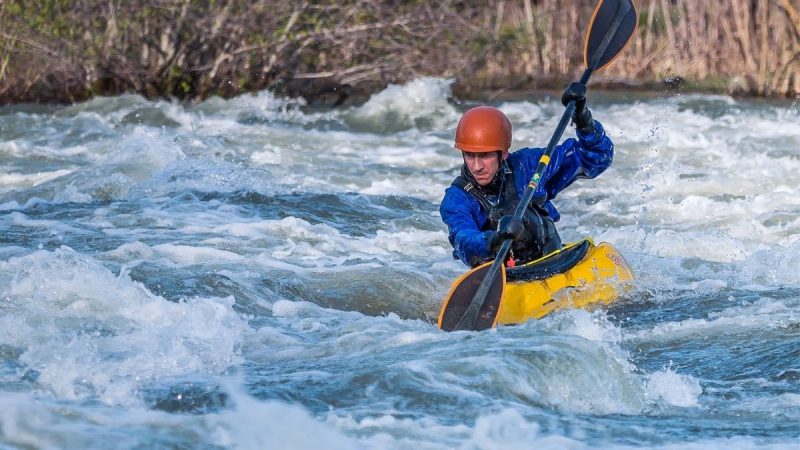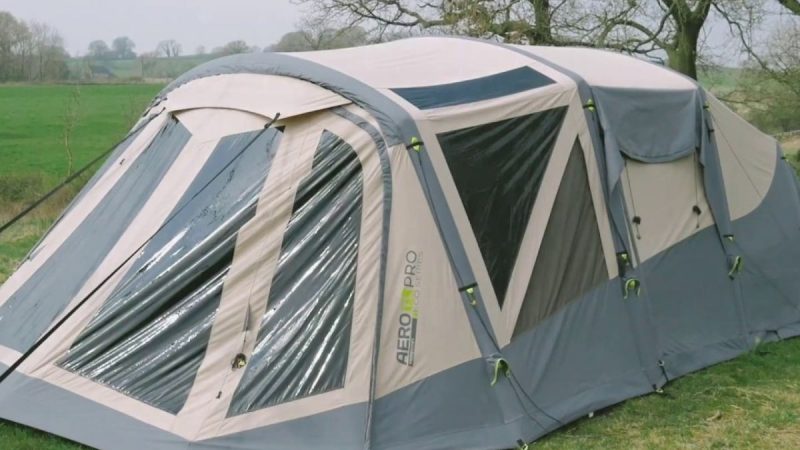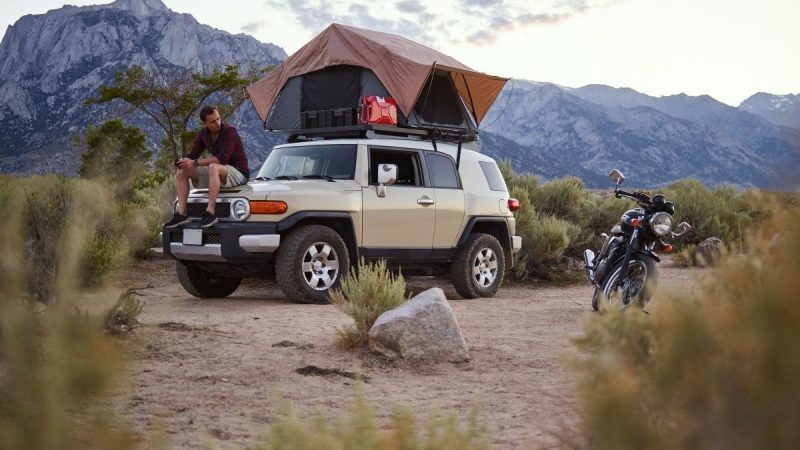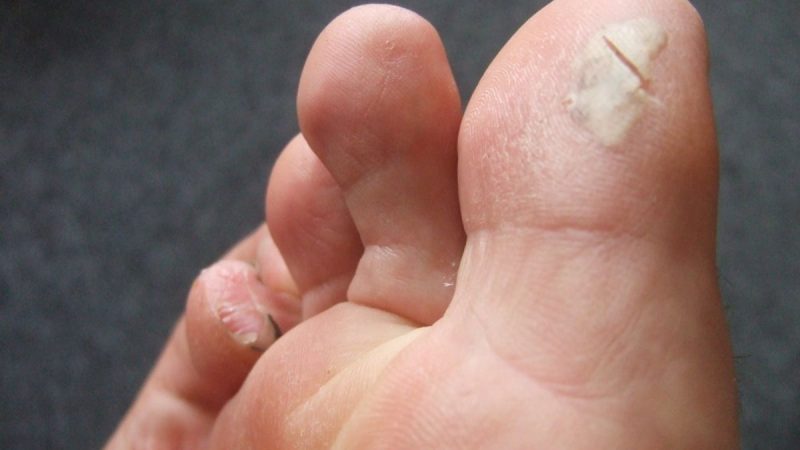Top 12 Exercises for Backpackers Before Backpacking – Maximising Performance
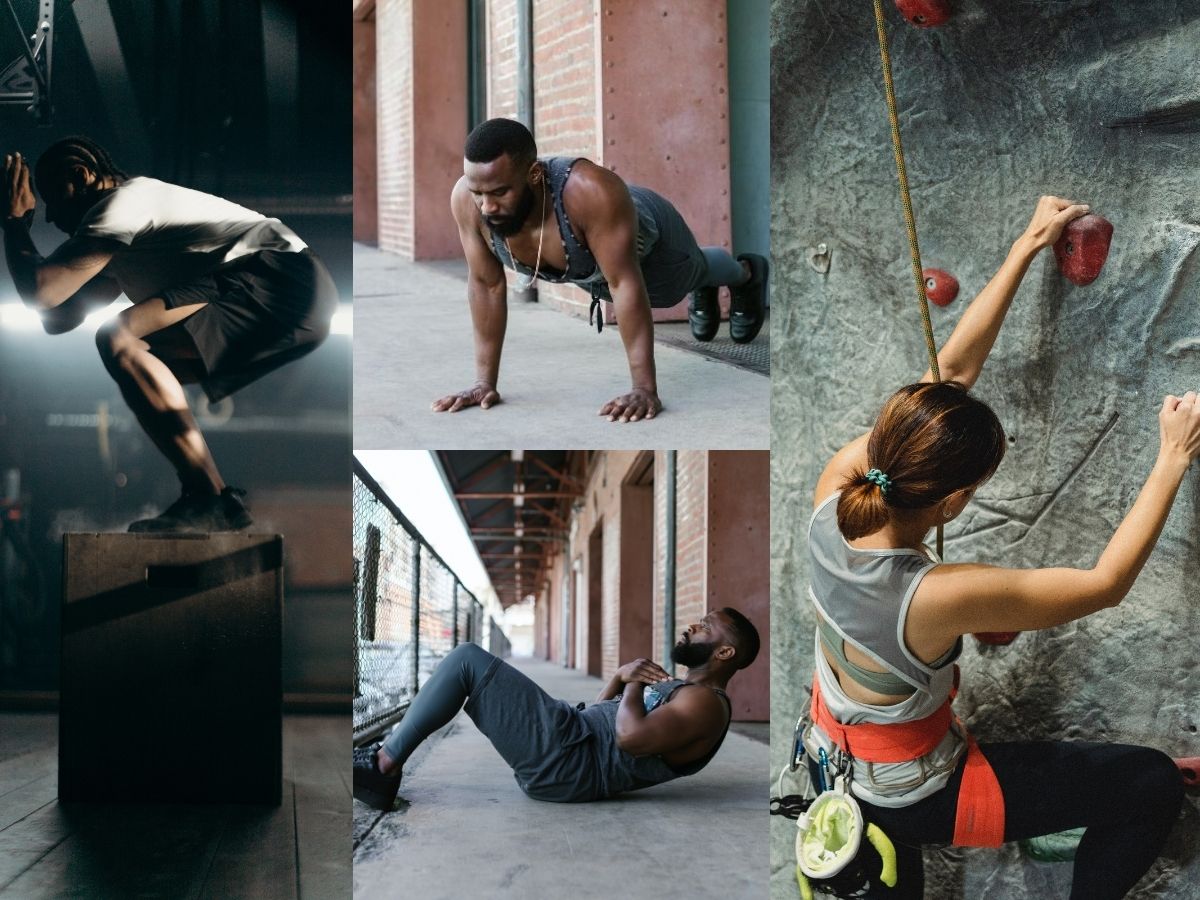
Staying fit and continuing to work out and exercise is really important for anyone, but it’s essential for backpackers. This article brings you 12 bodyweight exercises for hiking.
Moreover, at the end of this article, you can find a workout plan to do before backpacking, with accurate information depending on the backpacker’s level of experience.
Why are Bodyweight Exercises Important?
This is important because following an effective training program will allow you to hike further and be stronger than if you were just starting out. Further, you can customize your level of energy to suit your needs.
In addition, practicing is a great idea for you to get used to the routines and movements that are specific to backpackers.
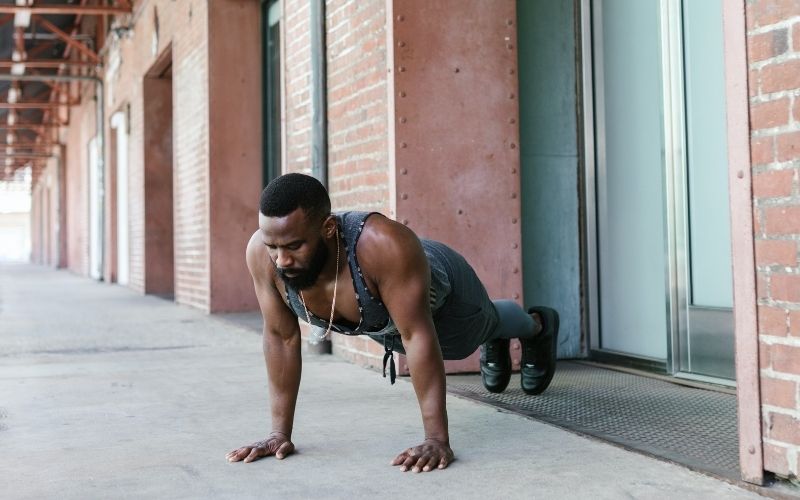
Check out these 12 bodyweight exercises for hiking
1. Posture Exercises
One of the main issues in backpackers, besides muscle pain, is posture. However, if you practice these simple exercises before backpacking, you will be well prepared for the heavy load on your back.
2. Plank
Starting from a position similar to the push-up, place your elbows on the ground and lift your body keeping your core firm. Make sure that you don’t let it tilt and keep holding this position for 30 seconds or more.
This exercise is really important because it works all the muscles in your back and shoulders muscles that will be responsible for carrying your backpack.
3. Shoulder Bridge
For this position, place yourself in the push-up position, with your feet together, and lift your butt until you form a bridge. Hold that position for one minute or more; don’t forget to keep breathing throughout the exercise.
4. Mountain Climbers
Mountain climbers are one of the greatest strength-building movements that help to improve balance and endurance. All you have to do is lie down on your belly, lift up into the air, then tap or rise again in one continuous motion until they’ve reached their peak height while keeping balanced with arms outstretched overhead. It includes pushups so this can be done all at once if preferred!
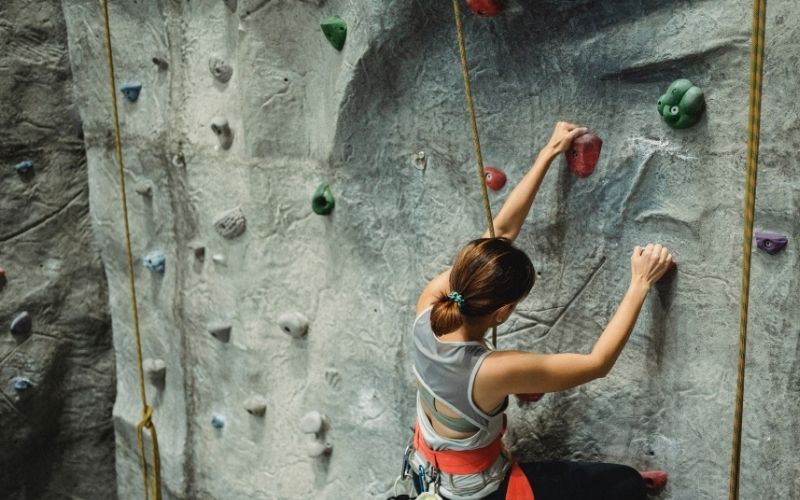
5. Hip Flexor Exercises for Backpackers
The hip flexors are a set of muscles located deep within the front of your hips. They connect your legs and pelvis as well as connecting them with other parts such as the abdomen or lower back, so without this essential group, we wouldn’t be able to do any climbing upstairs! The downside about having these work out too little thought is that when they’re not used often enough over time they start getting shorter – which makes sitting at desks even more unbearable than before (especially if you spend most/all day in one position). Hence, it is important to keep up with this kind of workout. However, If you find yourself in need of a quick and easy way to keep your hip flexors strong, then try these three exercises. They only take five minutes each!
6. Leg Exercises
When it comes to these 12 bodyweight exercises for hiking the trails, you need strong legs for all that uneven terrain. Not just walking makes them important though; heavy pack loads can cause our feet to dig into the ground differently or small muscles work harder than normal maintaining stability! Some of the great leg exercises include quad, hamstring, abductor, and gluteal muscle exercises.
7. Functional Exercises
Doing functional exercises for backpackers is a great idea because it helps them develop stability, which in turn reduces the risk of sprains and injuries. Backpackers should be involved in doing more functional exercises that mimic the body’s natural movements and get all muscles working together in sync. This will reduce backpackers’ chances of getting hurt from falls, as they develop better stability which means fewer sprains or injuries during hikes and adventures. Some effective functional exercises include planks, dead bugs, dorsiflexion, lung matrix, and glute bridges.
8. Stretching
Don’t Forget to Stretch!
Backpacking can be a great opportunity for fitness and exercise, but it’s important you stretch before starting. If your back or leg are feeling stiff after a hike-that might mean the problem isn’t with strength; instead, get more flexible so that any soreness doesn’t get worse from lack of movement throughout the day on long trails. Remember: without proper flexibility an injury may occur due in part to not getting full range motion which could lead up to pain at rest. Hence, it would be great to carry out some prior research and most importantly, listen to your body.
9. Weighted Rowing
Rowing is one of the 12 bodyweight exercises for hiking and is a great way to build upper body strength, but it can also help improve balance and prevent falls when you are carrying your backpack. The back muscles that are engaged in this exercise will be very useful for any trip where there might not always be someone else holding onto something heavy while walking or hiking up steep terrain.
The result? More power on hikes with the uneven ground; less risk of injury due entirely by chance!
10. Weighted Calf Raises
Calf Raises are a common exercise to strengthen the calf muscles. On an incline, your calves will be undergoing some extreme work as they take over for tired thighs and make hiking more comfortable by providing balance support when you step out into uneven terrain or climb upstairs with heavy packs on your shoulders.
Calf raises may also help people suffering from plantar fasciitis since this condition can often lead them to have discomfort in one particular area of their body due to its weight-bearing nature – but not only does strengthening those important muscle groups alleviate pain caused by stress-related injuries; strong ankles equal better stability which equals less risk factor associated with falling down while slippery footing around during treacherous conditions.
11. Jump Squats
Jump squats are a fun and effective way to increase your cardiovascular fitness while training with weights. They combine cardio, strength training, which gives you more power for pushing off on runs or accelerating quickly during races!
Moreover, Jump squats are a fantastic exercise that combines cardio with strength training. Not only do they give you more of both types but it’s also just plain fun! Jumping up and down, having an explosion of motion as your foot hits the ground then exploding back up again is nothing short of an amazing feeling. Plus who doesn’t love being able to jump higher than everyone else?
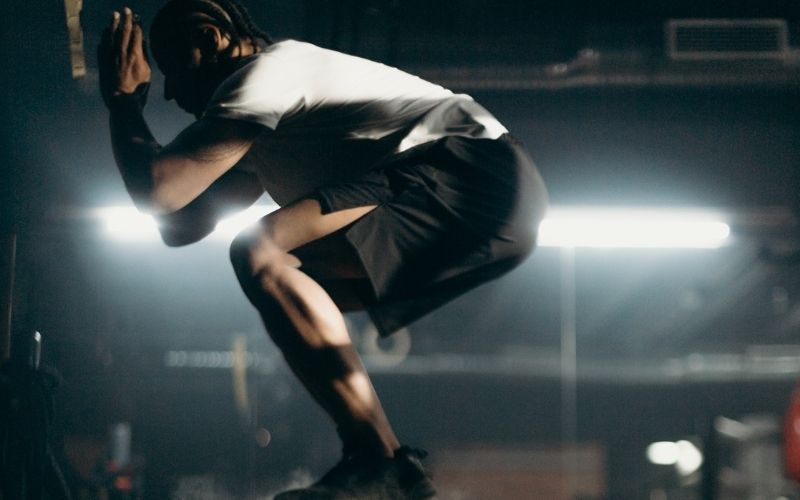
12. Burpees
Do you want to know what it feels like to hike up 800 feet in 30 minutes? Doing five sets of burpees for 45 seconds each will get your heart racing about the same amount! But don’t worry, this isn’t just some exercise that makes people look bulky or beats their own personal record. There are many benefits of doing these exercises including building muscular endurance and simulating tiredness at end-of-hiked terrain.
To sum up, try out these 12 bodyweight exercises for hiking for a few months and you’ll be ready. Developing your strengths may not only make it easier to handle long-distance hikes with heavy packs; this will also ensure success when tackling high peaks such as Mount Whitney which has over 14 thousand feet of elevation gain.
Enjoy the workouts and feel strong!
Read More On: How do You Hike in Excessive Heat?

